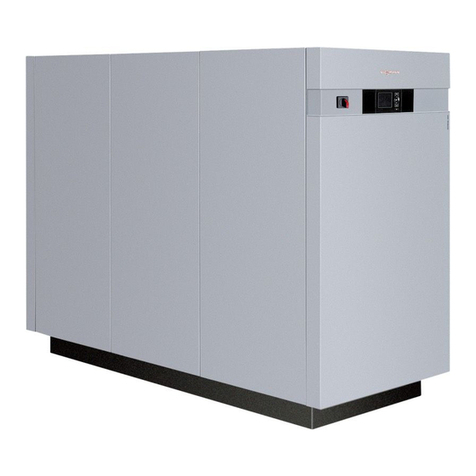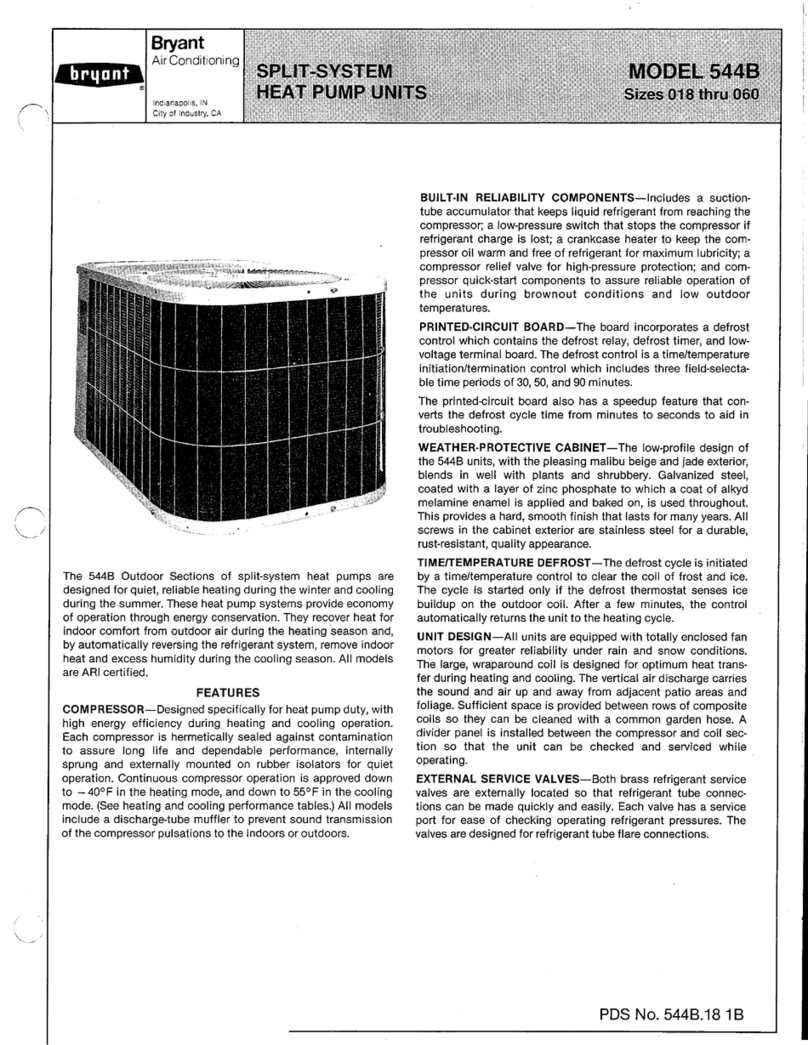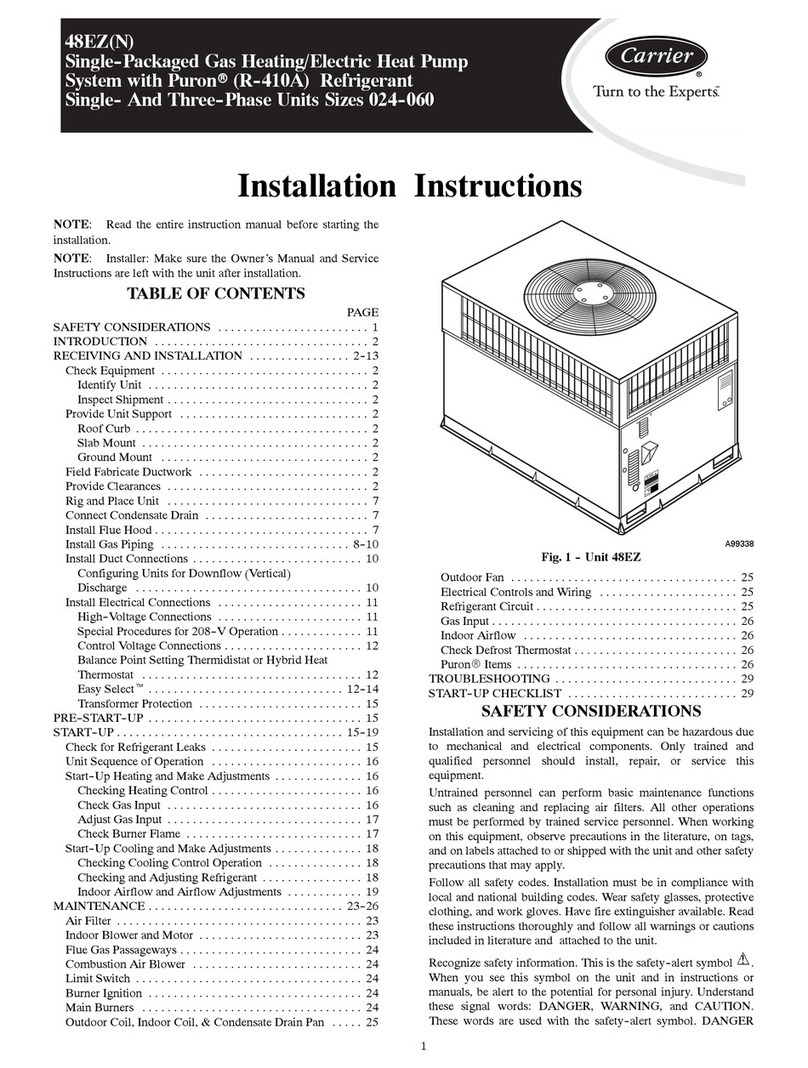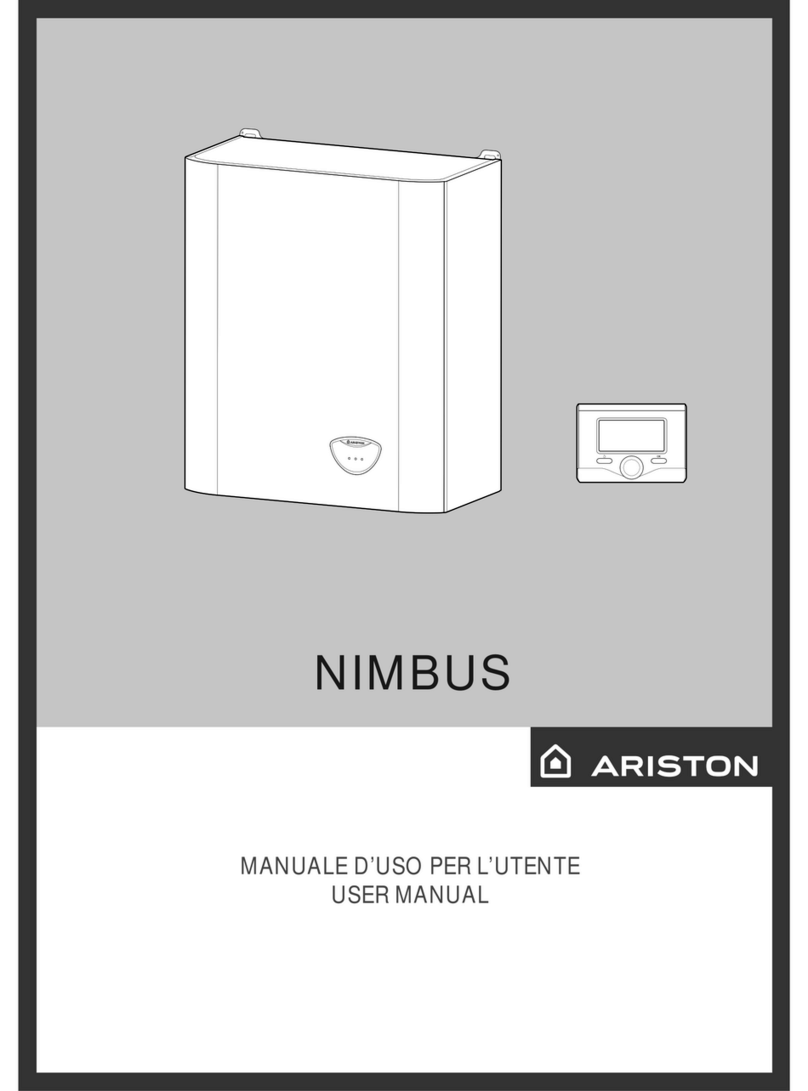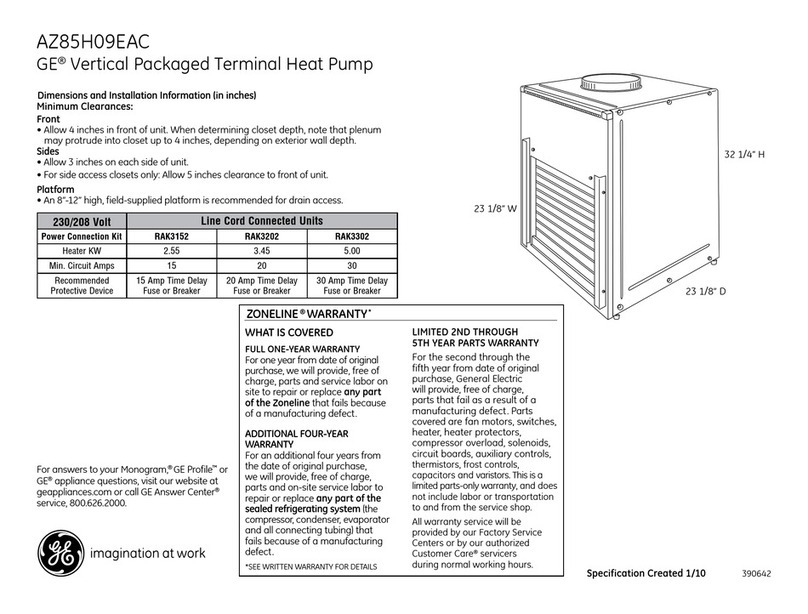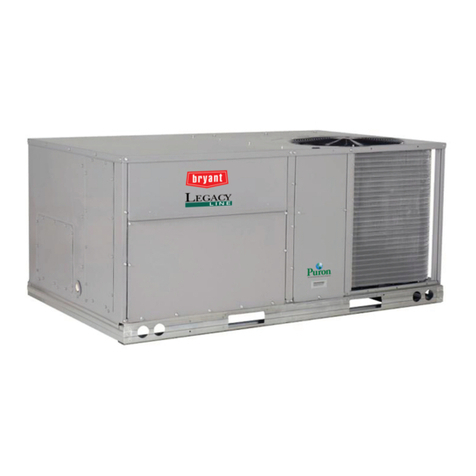
2
Please follow these safety instructions closely to prevent accidents and material losses.
Safety instructions explained
Danger
This symbol warns against the risk of injury.
!Please note
This symbol warns against the risk of material losses
and environmental pollution.
Note
Details identified by the word "Note" contain additional infor-
mation.
Target group
These instructions are exclusively intended for authorised con-
tractors.
■ Work on gas installations must only be carried out by a reg-
istered gas fitter.
■ Work on the refrigerant circuit may only be carried out by
authorised refrigeration engineers.
■ Work on electrical equipment must only be carried out by a
qualified electrician.
■ The system must be commissioned by the system installer
or a qualified person authorised by the installer.
Regulations
Observe the following when working on this system:
■ National installation regulations
■ Statutory regulations regarding the prevention of accidents
■ Statutory regulations regarding environmental protection
■ The Code of Practice of relevant trade associations
■ All current safety regulations as defined by DIN, EN, DVGW,
TRGI, TRF, VDE and all locally applicable standards
aÖNORM, EN, ÖVGW-TR Gas, ÖVGW-TRF and ÖVE
cSEV, SUVA, SVGW, SVTI, SWKI, VKF and EKAS
guideline 1942: LPG, part 2
If you smell gas
Danger
Escaping gas can lead to explosions which may result
in serious injury.
■ Do not smoke. Prevent naked flames and sparks. Do
not switch lights or electrical appliances on or off.
■ Close the gas shut-off valve.
■ Open windows and doors.
■ Evacuate any people from the danger zone.
■ Notify your gas or electricity supply utility from outside
the building.
■ Have the power supply to the building shut off from a
safe place (outside the building).
If you smell flue gas
Danger
Flue gas can lead to life threatening poisoning.
■ Shut down the heating system.
■ Ventilate the installation site.
■ Close all doors in the living space.
Flue systems and combustion air
Ensure that flue systems are clear and cannot be sealed,
for instance due to accumulation of condensate or other cau-
ses. Ensure a sufficient supply of combustion air.
Instruct system users that subsequent modifications to the
building characteristics are not permissible (e.g. cable/pipe-
work routing, cladding or partitions).
Danger
Leaking or blocked flue systems, or an insufficient sup-
ply of combustion air can cause life threatening poi-
soning from carbon monoxide in the flue gas.
Ensure the flue system is in proper working order. Aper-
tures for supplying combustion air must be non-closa-
ble.
Extractors
The operation of equipment that extracts air to the outside
(cooker hoods, extractors, air conditioning units) can create
negative pressure. If the appliance is operated at the same
time, this can lead to reverse flow of the flue gas.
Danger
The simultaneous operation of the appliance and
equipment that extracts air to the outside can result in
life threatening poisoning due to reverse flow of the flue
gas.
Fit an interlock circuit or take suitable steps to ensure
a sufficient supply of combustion air.
Working on the system
■ Where gas is used as the fuel, close the main gas shut-off
valve and safeguard it against unintentional reopening.
■ Isolate the system from the power supply (e.g. by removing
the separate fuse or by means of a mains isolator) and check
that it is no longer 'live'.
Note
In addition to the control circuit, there may be several power
circuits.
■ Safeguard the system against reconnection.
Danger
Contact with 'live' components can result in severe inju-
ries. Some components on the PCBs will remain 'live'
even after the power supply has been switched off.
Prior to removing equipment covers, wait at least 4
minutes to allow the voltage to dissipate.
Danger
Hot surfaces can cause burns.
■ Before maintenance or service work, switch OFF the
appliance and let it cool down.
■ Never touch hot surfaces on the appliance, burner,
flue system or pipework.
Safety instructions
Safety instructions
5516 440 GB













